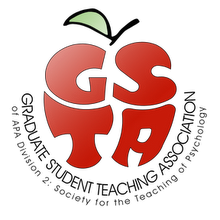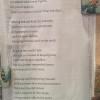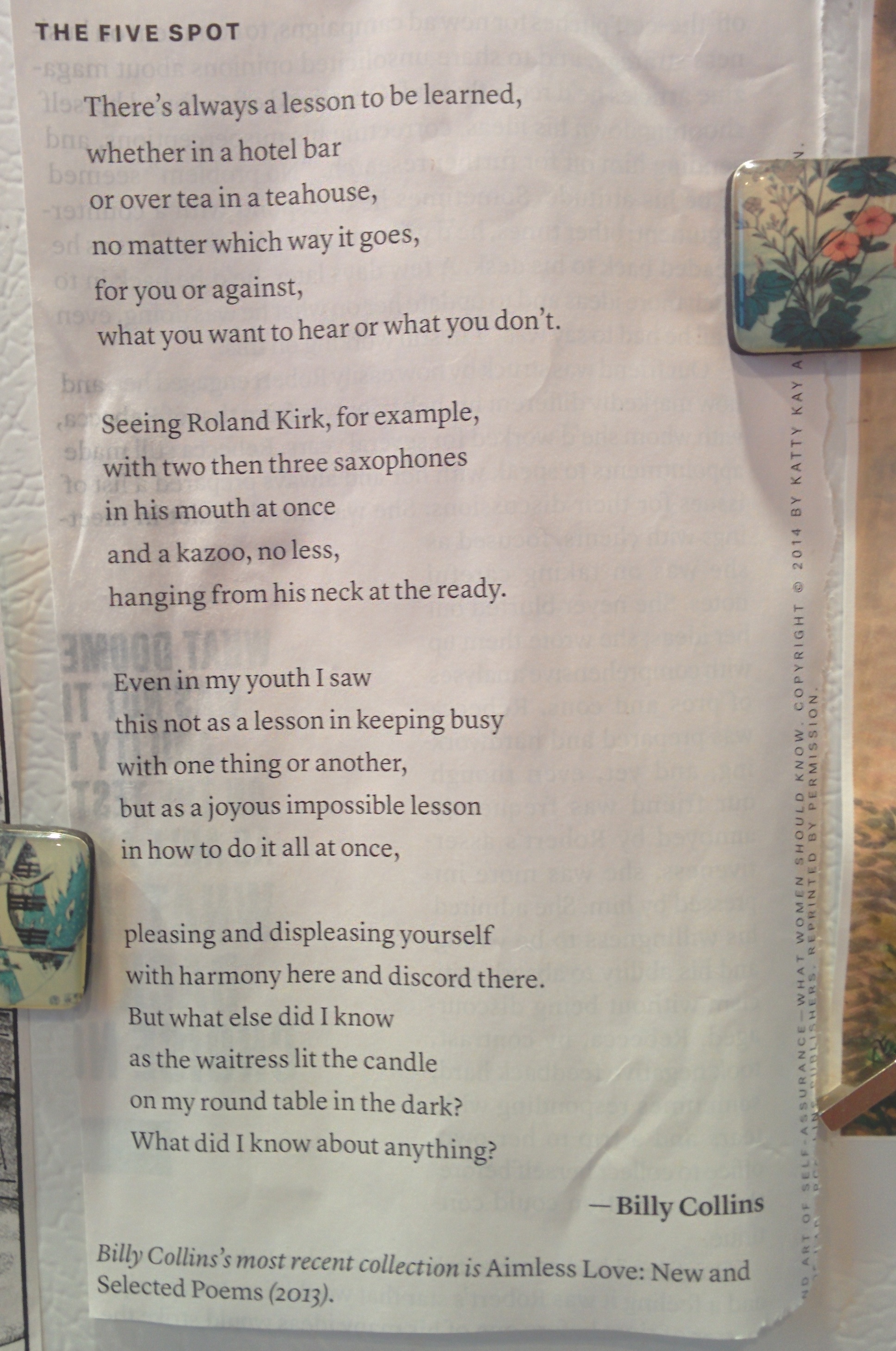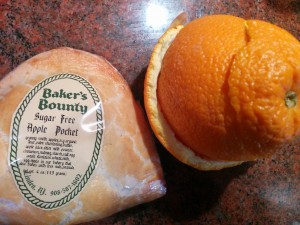3 Tips for Supporting Greenhorn Research Writers
By Philip Kreniske 
repost from the GSTA Blog:
When my students see the syllabus on the first day of class they cry in unison, “But I’m no good at writing”. Writing a research paper is one of the greatest challenges for many psychology undergraduates, and teaching students how to write research papers is certainly one of the greatest challenges educators face. At Hunter College, as at many CUNY schools, all psychology majors must complete a psychology research methods course. At each campus this course involves slightly different requirements, but the one unifying component is the research paper.
Here are 3 tips for teaching the research paper
1. Use a Rubric
Using a rubric and sharing the rubric with students before the paper is due makes expectations and grading criteria clear. A rubric tells students important information about what their audience (me – the teacher) will be looking for and helps them compose their paper accordingly. The rubric is also helpful for me as I grade and later return papers. Along with track changes, the rubric is incredibly useful for dealing with student’s grade related queries. Admittedly, I do not always remember each paper – or why a student earned a particular grade, but one look at the rubric and I can see exactly what I was thinking when I read that paper and I can quickly articulate this to the student in person or over email. This gives the student a better sense of what they need to improve on in the future too. Why not use a rubric? Rubrics – like many useful tools take time to create. So don’t create it from scratch – adapt one. Here’s a rubric I adapted from Seamus Donnelly (a graduate student whom I TA’d for), or here’s a few others from the Hunter psych department, or create your own usingRubistar’s templates.
2. Writing Time and Rewards
I’ve written a number of posts on my personal blog about the pros and cons of Silvia’s (2007) writing approach detailed in his APA published How to Write a Lot. Silvia’s book is geared towards professors and graduate students – though his approach is useful for undergraduates too. Silvia encourages his readers to make a writing schedule, plan out goals and form writing groups.
The writing schedule, or what I call “my meetings” should be regular, at least three or four days a week for about two hours. The time can be used for any writing related activities, such as searching for literature or running analyses. A writing time is not to be used for checking Facebook or responding to emails. During this time Silvia suggests turning off phones and even the Internet (gasp!). Furthermore, I encourage my students to plan appointments and extracurricular activities around this time, as I if it were an actual meeting. To bring this point home I show my students my Google Calender and writing times.

In addition, Silvia suggests charting writing progress and goals and keeping track of completed and uncompleted writing times with an excel spreadsheet. I encourage my students to make goals and spreadsheets for themselves.
To scaffold this I make certain components of the paper – such as writing an article summary – one of their homework assignments. Furthermore, I consistently reference what they should be planning for their weekly writing times, with statements like “this week you should use your writing time to search for sources”.

Finally, Silvia emphasizes the importance of rewarding oneself for completing projects. In the past my students have rewarded themselves by planning dinners aftercompleting a major paper, or, in my case, after passing my second doctoral exam I bought a used bike! The only reward, however tempting, that is not allowed is skipping writing times!

3. The Paper Workshop
In my class, I ask students to bring in a working draft the week before each paper is due. During the class period, I lead a workshop where the students critique each other’s work. I think it is important to set very clear guidelines for this workshop and to walk the class through the paper section by section – starting with the cover page. For each section, I ask students to make at least three positive comments and three critiques or questions and if they can to relate these to the rubric. I even give an example of positive comments such as “I like how your running head is in all capital letters”. Depending on the complexity or length of each section of the paper I give students different amounts of time. I usually allow students two minutes to review each other’s cover pages, while I might break the introduction into two five minute review sessions. During this time I often project an APA sample paper for the corresponding section as I walk around the room and check in with groups. After the allotted time, I call on groups (I suggest groups of two and no greater than three) and ask them to share a positive comment from their partner’s paper. I elicit about three positive comments and then shift to asking for questions and critiques. As a class we work through the entire paper.
Concluding Thoughts
Perhaps someday I will meet this mythical being called “the good writer”. Until then I believe that good writing takes practice, perseverance and planning. Throughout my course I show students the strategies I use to become a better writer. I approach my own writing projects by studying the provided rubrics – beyond the classroom such rubrics more often take the guise of calls for papers or grant guidelines. I plan out what I will do and when, generally by allotting blocks of time and aiming for specific deadlines. Finally, in search of constructive feedback I share my work with my adviser, my colleagues, and sometimes my wife. In my research methods course I encourage students to try out and adapt the practices that have helped me develop as a writer into their own schemas and schedules.
























